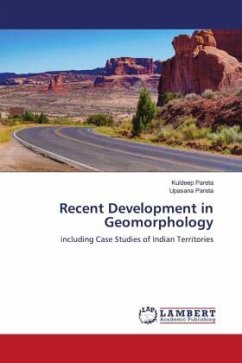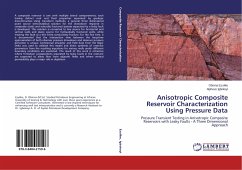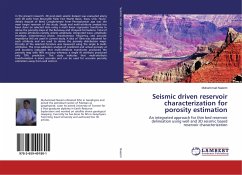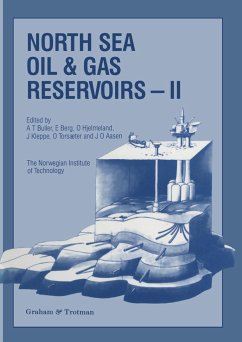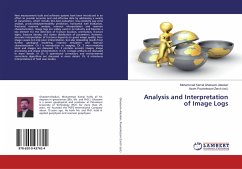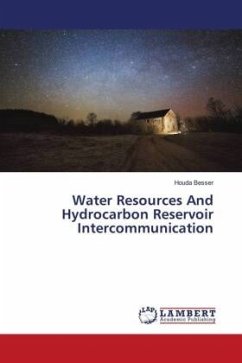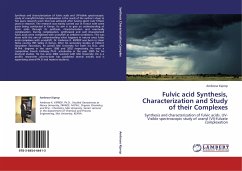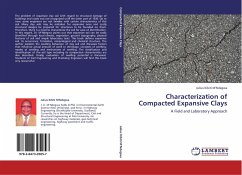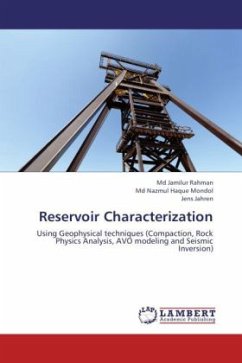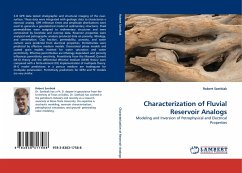
Characterization of Fluvial Reservoir Analogs
Modeling and Inversion of Petrophysical and Electrical Properties
Versandkostenfrei!
Versandfertig in 6-10 Tagen
32,99 €
inkl. MwSt.

PAYBACK Punkte
16 °P sammeln!
3-D GPR data tested stratigraphic and structural imaging of the near-surface. These data were integrated with geologic data to characterize a reservoir analog. GPR reflection times and amplitude distributions were used to generate a geostatistical model of sedimentary structures. Fluid permeabilities were assigned to sedimentary structures and were constrained by borehole and outcrop data. Reservoir properties were analyzed and petrographic analysis produced data on porosity, lithology, and cementation. Clay fraction, permeability, porosity, and water content were predicted from electrical pro...
3-D GPR data tested stratigraphic and structural imaging of the near-surface. These data were integrated with geologic data to characterize a reservoir analog. GPR reflection times and amplitude distributions were used to generate a geostatistical model of sedimentary structures. Fluid permeabilities were assigned to sedimentary structures and were constrained by borehole and outcrop data. Reservoir properties were analyzed and petrographic analysis produced data on porosity, lithology, and cementation. Clay fraction, permeability, porosity, and water content were predicted from electrical properties. Permittivities were predicted by effective medium models. Dissociated phase models and coated grain models inverted for water saturation and water permittivity. Effective permittivities are lithology dependent and porosity influences permittivity sensitivity. Permittivity from the Maxwell_Garnett (M-G) theory and the differential effective medium (DEM) theory were compared with a finite-element (FE) implementation of multipole theory. M-G model predictions in a porous medium are inadequate for multipole polarization. Permittivity predictions for DEM and FE models are very similar.



